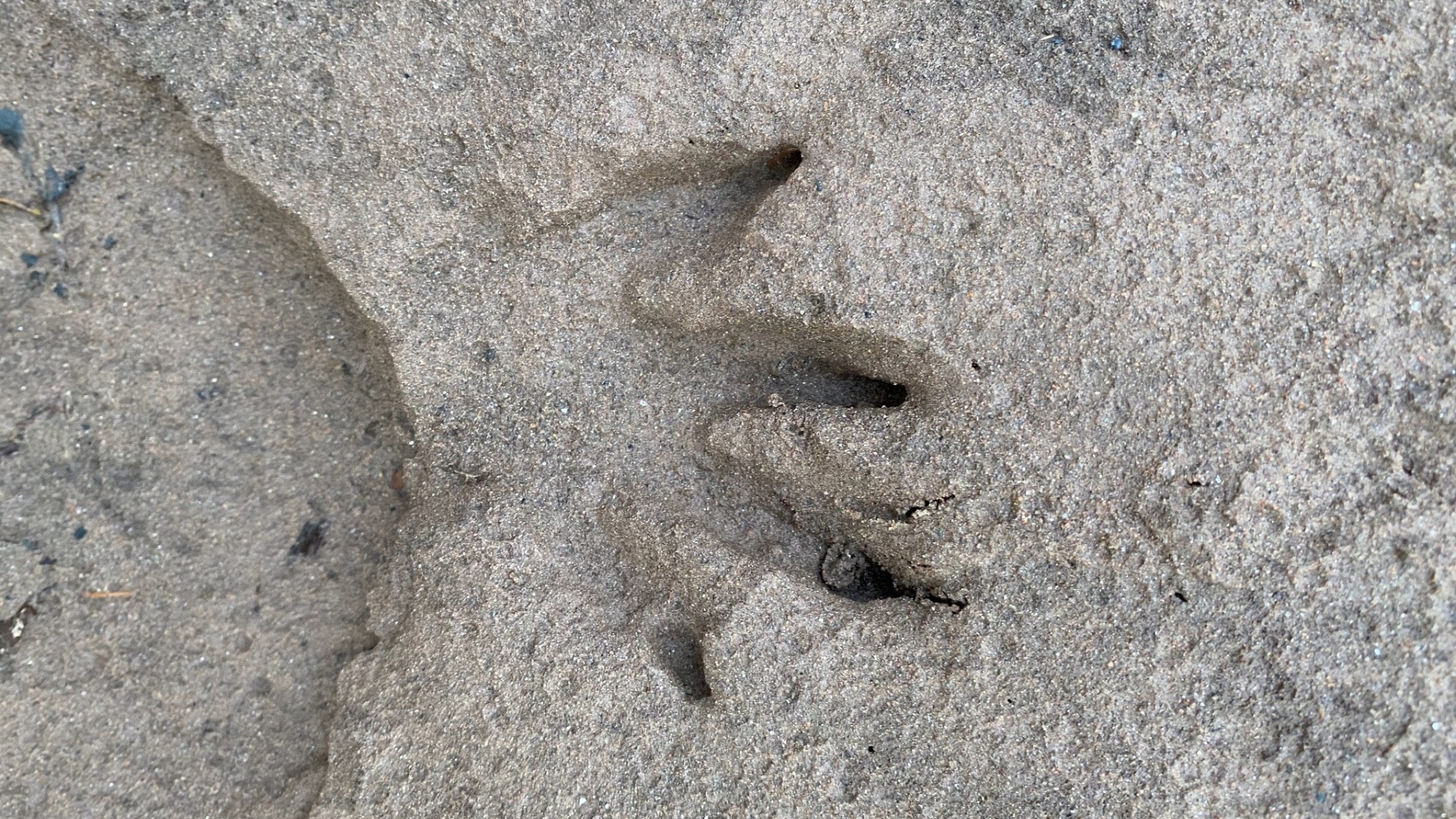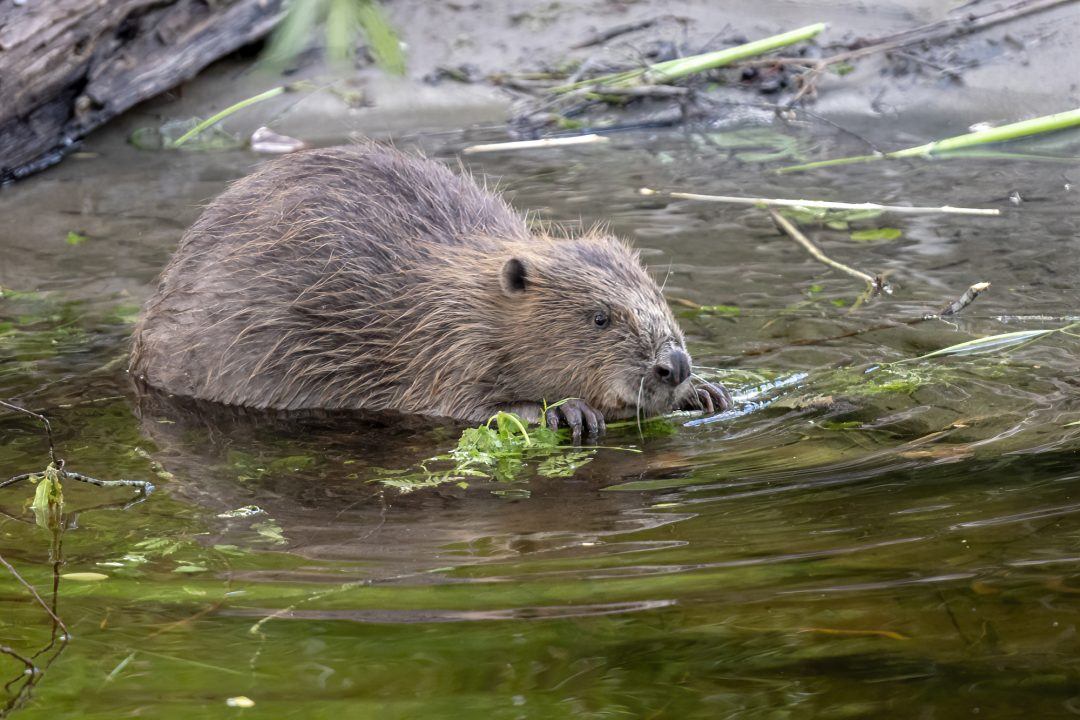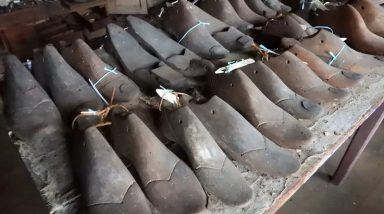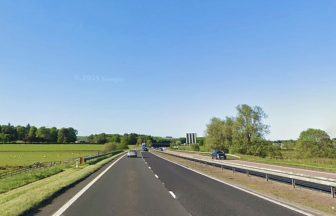Members of the public and landowners are being urged to report sightings and signs of beavers as part of a new survey of the population in and around Tayside.
NatureScot, Beaver Trust and the University of St Andrews are working together to gather up-to-date detailed information on the locations of active beaver territories.
Experienced beaver surveyors from the Beaver Trust will be searching on foot and by canoe across the area for signs of beavers such as burrows, dams, lodges, scent mounds, canal digging and foraging.
The field survey is the fourth of its kind and will cover areas beavers have spread to naturally from the Tay.
This includes the Earn, Forth, Loch Lomond and Leven catchments, as well as parts of the Clyde catchment and some coastal catchments along the Firths of Forth and Tay.
Previous surveys show that the Tayside population has increased from an estimated 38-39 territories and 146 beavers in 2012, to 251 territories and an estimated 954 individuals in 2020/21.
Roo Campbell, NatureScot project lead, said: “From reported sightings, we think that the population that originated in Tayside now stretches from West Lothian to Loch Lomond and right up to Crianlarich and Forfar, with a recent expansion in Fife as well.
“Beavers are a protected species and as such, we want to monitor their conservation status and be able to assess the impact of management measures.
 Beaver Trust
Beaver Trust“We’d also encourage the public to help by reporting sightings of beavers and signs of their activity using the Mammal Society’s Mammal Mapper app or online species recording form.”
Dr Roisin Campbell-Palmer, head of restoration at Beaver Trust, said: “This latest survey is important because it enables us to understand how beaver territories have changed, where beavers are living and what impacts they are having.
“It will also allow NatureScot to compare the results with those of the previous survey and understand the impact of beaver management on beaver numbers and territories, to learn lessons and improve.”
One part of the project being undertaken by the University of St Andrews is to use data gathered to design an effective method for monitoring beaver populations in future and predicting their expansion.
Chris Sutherland, a statistical ecologist in the university’s Centre for Research into Ecological and Environmental Modelling, said: “The ability to learn from data really boils down to the quality of the information collected.
“This project is another example of the University of St Andrews working closely with NatureScot to ensure that the evidence used to inform decision-making and policy is rigorous and reliable.”
Follow STV News on WhatsApp
Scan the QR code on your mobile device for all the latest news from around the country





























